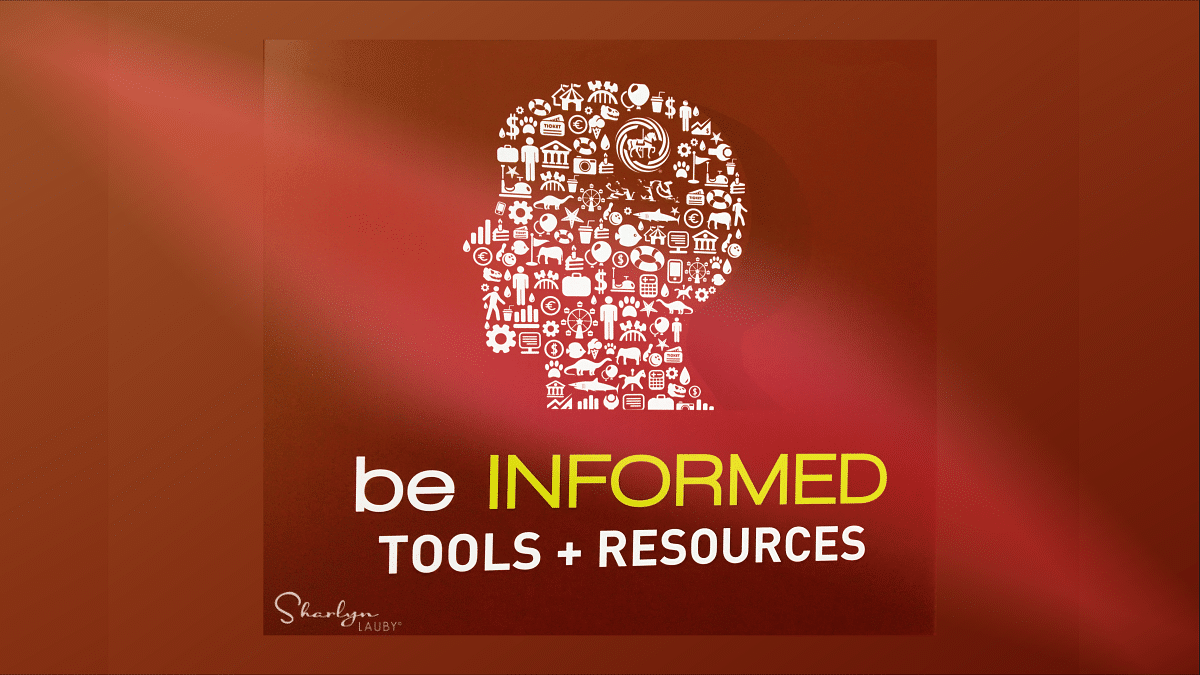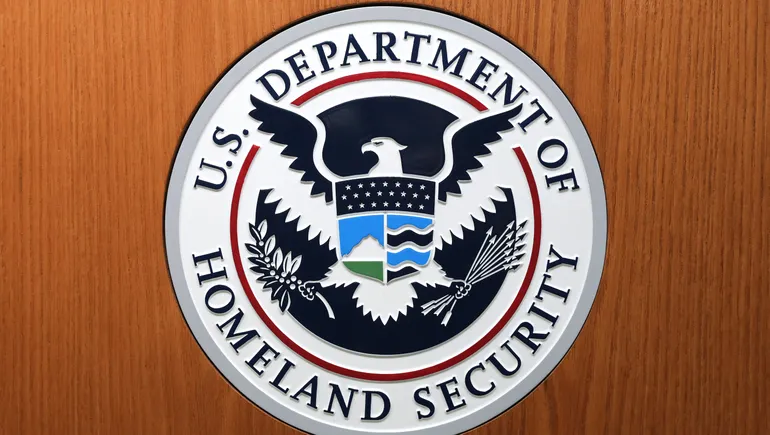This playbook provides a brief outline of the process we use with clients to integrate AI into HR strategy and operations. Our full playbooks include extensive detail and are developed according to each client’s specific needs. As organizations navigate the rapid evolution of technology, one truth remains constant: as noted in the MIT Sloan Management Review, AI will not replace HR—but HR professionals who use AI will replace those who don’t.
According to Forrester, by 2030, automation and AI will replace nearly 29% of all tasks currently performed by HR teams, making it essential for HR leaders to adapt and evolve.
AI playbook: Define the business context
HR leaders today are navigating rapid technological change. Artificial intelligence (AI) offers transformative opportunities in recruiting, onboarding, compliance and talent management. The key is to determine whether the current objective is to fix existing systemic issues or to build an AI-enabled HR organization designed for the future. Understanding the business context ensures alignment between AI strategy and organizational priorities.
Scope and deliverables
The goal of this playbook is to create a tangible roadmap for HR transformation through AI. Deliverables include defining processes to automate, identifying suitable vendors and LLMs, and setting clear milestones for success. Each phase should outline which manual tasks can be replaced, how employee experience will improve and how data can drive better decision-making.
Quick wins vs. long-term vision

Quick wins build credibility and momentum. Identify small, high-impact automations such as resume screening or onboarding workflow automation. Equally important, focus on solving real business problems with AI—prioritizing initiatives that create measurable value for the organization. Over time, develop a broader vision that integrates AI across the entire employee lifecycle, enabling predictive analytics for retention, engagement, and performance.
AI roadmap for HR functions
AI can transform every stage of HR operations:
- Recruiting: automate sourcing, screening and candidate communication.
- Onboarding: personalize learning paths and streamline documentation.
- Performance management: use AI-driven insights to identify skill gaps and future leaders.
- Compliance: monitor changing labor regulations and ensure consistent documentation.
- Employee experience: analyze sentiment data to improve engagement and retention.
Measuring impact

AI adoption should be tied to measurable business outcomes. Metrics include increased productivity, reduced time-to-hire, improved employee satisfaction and lower turnover rates. AI can also provide data transparency, improving DEI tracking and fair-pay analysis.
Vendor & LLM selection criteria
Selecting the right partners is critical. HR leaders should prioritize vendors offering data privacy, bias mitigation, and transparent model explainability. Evaluate whether the technology integrates with existing HRIS systems and whether it provides customization to your organization’s size and culture.
Conclusion: HR leading the AI transformation
HR is at the center of organizational transformation. By adopting AI strategically, HR can lead the shift from administrative management to strategic enablement. The future of work will be defined by leaders who balance human empathy with data-driven intelligence.





















